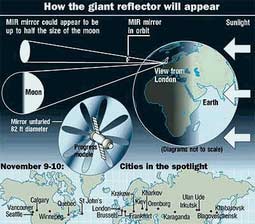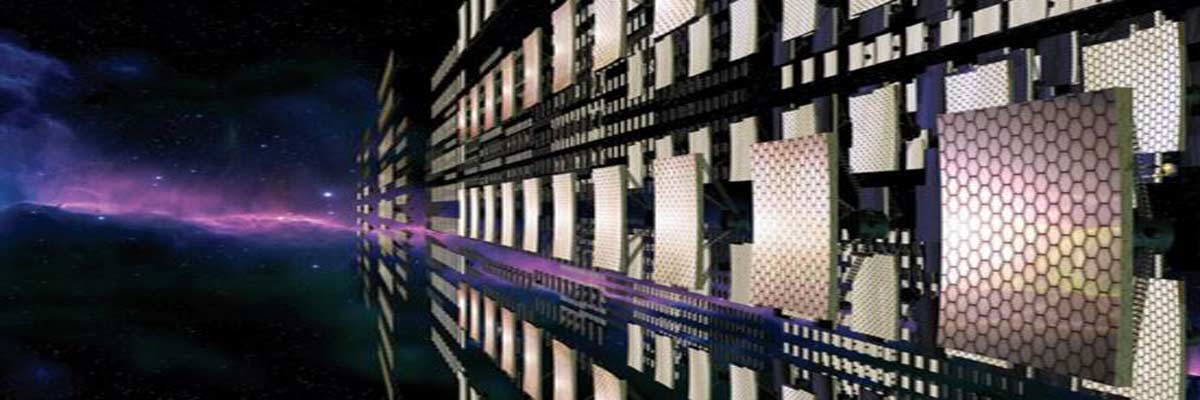US Answer To Global Warming: Giant Space Mirrors and Balloons
 I think George has been watching a little too much TV lately. Was there a James Bond marathon on that I failed to catch? In a massive three-year study by the UN on climate change, to be release this coming Friday, the U.S. appeals for the world’s scientists to develop technology to block sunlight as a last-ditch way to halt global warming. I kid you not. Stop laughing.
I think George has been watching a little too much TV lately. Was there a James Bond marathon on that I failed to catch? In a massive three-year study by the UN on climate change, to be release this coming Friday, the U.S. appeals for the world’s scientists to develop technology to block sunlight as a last-ditch way to halt global warming. I kid you not. Stop laughing.
The report is being prepared by the the Intergovernmental Panel on Climate Change (IPCC), and “will underpin international negotiations to devise a new emissions treaty to succeed Kyoto, the first phase of which expires in 2012. World governments were given a draft of the report last year and invited to comment.”
The US response, which was obtained by the UK newspaper, The Guardian, says, “the idea of interfering with sunlight should be included in the summary for policymakers, the prominent chapter at the front of each IPCC report. It says: “Modifying solar radiance may be an important strategy if mitigation of emissions fails. Doing the R&D to estimate the consequences of applying such a strategy is important insurance that should be taken out. This is a very important possibility that should be considered.”
Now, get ready for the real clincher: Possible techniques for reducing sunlight include: A giant screen (to keep the aliens out. Bush hates aliens), thousands of tiny, shiny balloons, or “or microscopic sulphate droplets pumped into the high atmosphere to mimic the cooling effects of a volcanic eruption.” The IPCC, of course, said that most of these ideas were “”speculative, uncosted and with potential unknown side-effects”.”
Can January 2009 come any sooner? Can the U.S. stop looking like asses and actually become a leader on not just global emissions, but also world-wide pollution and energy innovation? Balloons? Space mirrors? This is what we come up with instead of reforming our energy infrastructure or regulating our emissions?






